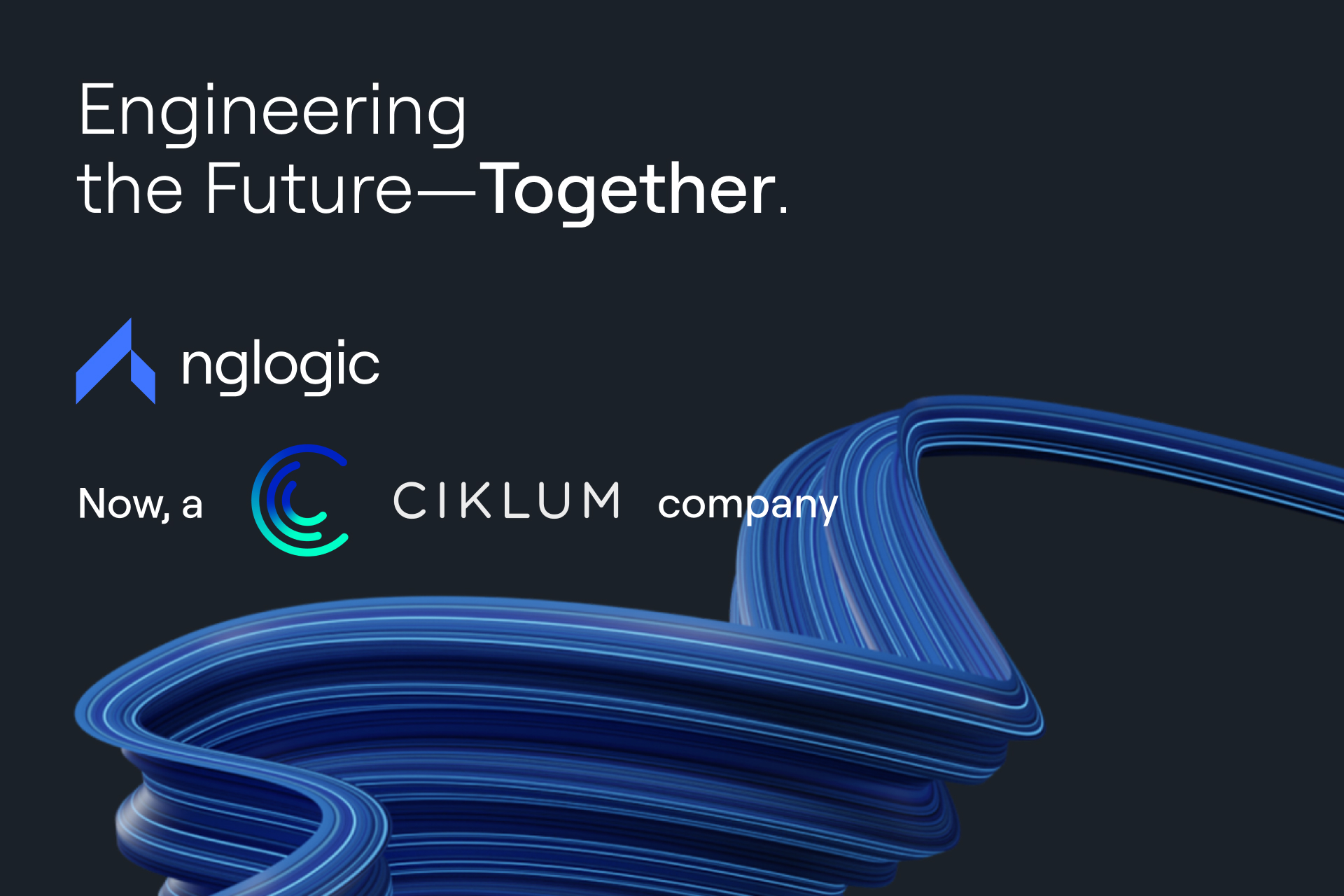In today’s fast-paced and highly competitive business world, organizations need to have a clear understanding of the differences between a product manager and a project manager. While both roles are critical to the success of a company, they have distinct roles and responsibilities. In this article, we will explore the similarities, differences, and roles of product and project managers in the business.
What is a Project Manager?
A project manager is a person responsible for leading a project from its initiation phase to its completion. They are responsible for planning, executing, and monitoring a project status to ensure it is completed within the specified timeline, scope, and budget. A project manager leads a project team, which often consists of people from various departments and areas of expertise.
Project managers focus on the project scope, including defining the project goals, objectives, and deliverables. They also ensure that project resources, such as team members, time, and budget, are allocated effectively. Project managers use project management approaches and tools to track progress, manage budgets, and make any necessary changes to ensure successful project completion.
What is a Product Manager?
Product managers are responsible for the strategic direction and success of a product. They work closely with cross-functional teams, including developers, designers, and marketers, to ensure that the product meets customers’ needs and achieves customer satisfaction. Product managers focus on understanding the target market and conducting market research to determine what features and functionalities are needed to make the product as successful as possible.
Product managers work closely with the development team to create a product roadmap, which outlines the product’s vision, features, and timelines. They also define the product strategy, which includes the product’s positioning, pricing, and marketing approach. Product managers track the product’s success by analyzing metrics such as sales, customer satisfaction, and user engagement.
Similarities between Product Manager and Project Manager
While the product and project manager have distinct roles, there are many similarities between them. For example, both roles require strong leadership skills, the ability to collaborate with cross-functional teams, and a focus on achieving defined outcomes.
Both product managers and project managers also use similar project management tools, e.g dedicated project (or product) management software to track development progress, team workload, and manage budgets. They also need to have excellent communication skills to ensure good team collaboration and stakeholder engagement.
Differences between Product Manager and Project Manager
Naturally, there are several key differences between the roles. The primary difference between the two is their focus. Project managers focus on completing a project within a specific timeline, scope, and budget. In contrast, product managers focus on the strategic direction and success of a product.
Project managers oversee the project execution, whereas product managers lead the product team to develop and release successful products. Project managers are responsible for managing project timelines and resources, whereas product managers focus more on the product’s roadmap and strategy.
Roles of Product and Project Managers
Both roles are crucial to the success of any organization. Let’s take a closer look at the specifics.
Project Manager’s Role
A project manager’s role is to lead and manage the project team to complete the project within a specific timeline, scope, and budget. They are responsible for planning and executing the project, tracking progress, managing budgets, and making any necessary changes to ensure successful project completion. Project managers also need to ensure effective communication between team members, stakeholders, and project sponsors.
Project Management Professional (PMP) is a globally recognized certification for project managers that validates their skills and knowledge in project management. Project managers with a PMP certification are better equipped to manage projects and lead project teams effectively.
Product Manager’s Role
A product manager’s role is to lead the product team to create and release successful products. They are responsible for defining the product’s vision and strategy, conducting market research, creating the product roadmap, and working closely with cross-functional teams to develop and release the product. Product managers also need to ensure that the product meets customer needs, achieves customer satisfaction, and generates revenue for the company.
Product managers need to have strong leadership skills, excellent communication skills, and the ability to work closely with cross-functional teams. They also need to have a deep understanding of the target market, customer needs, and market trends. Product managers often hold a Bachelor’s degree in business, marketing, or a related field, and may also have a Master’s degree or an MBA.
Product Manager vs Project Manager: Key Differences in their Roles
While there are similarities between the roles of product and project managers, there are some key differences in their responsibilities and goals. Here are some of the key differences:
- Focus: Product managers focus on the strategic direction and success of a product, whereas project managers focus on completing a project within a specific timeline, scope, and budget.
- Deliverables: Project managers are responsible for managing the project’s deliverables, whereas product managers are responsible for defining the product’s features, functionalities, and user experience.
- Metrics: Project managers measure success based on completing the project within the specified timeline, scope, and budget, whereas product managers measure success based on metrics such as sales, customer satisfaction, and user engagement.
- Team: Project managers work with a project team to complete the project, whereas product managers work with a cross-functional product team to develop and release successful products.
- Certification: Project managers can obtain a PMP certification to validate their skills and knowledge in project management, whereas there is no specific certification for product managers.
How Product and Project Managers Work Together
Collaboration between product managers and project managers is essential for the success of a project and a product. To work effectively, there are several ways that these two distinct roles can work together:
Define the Product Vision
Product managers should work with project managers to define the product vision, which includes the overall goals, objectives, and strategic direction of the product. This is a critical step because it ensures that the project aligns with the product’s strategic direction, and the project is completed in a way that supports the product’s overall success.
Communicate Effectively
Effective communication is key to the success of any project or product. Product and project managers should communicate regularly to ensure that the project and product are on track and aligned with each other. Communication can take various forms, such as weekly status updates, daily stand-up meetings, or regular progress reports.
Define Project Scope
Project managers should work with product managers to define the project scope, which includes the specific features, functionalities, and deliverables that the project will include. This helps to ensure that the project team is focused on the right priorities and the project is completed within the specified timeline, scope, and budget.
Prioritize Features
Product managers should work with project managers to prioritize features and functionalities. This involves identifying the most critical deliverables and determining which features will have the most significant impact on the product’s success. By prioritizing features and functionalities, the project team can focus on the most important deliverables, which can lead to a more successful product release.
Track Progress
Project managers should use project management tools to track progress, manage budgets, and make any necessary changes to ensure successful project completion. These tools can include project management software, spreadsheets, and other tools that help track progress, identify risks, and manage project resources. On the other hand, product managers should track the product’s success by analyzing metrics such as sales, customer satisfaction, and user engagement. By tracking progress, both product and project managers can identify any issues and make necessary changes to ensure that the project and product are successful.
Conclusions
While there are similarities between product managers and project managers, there are also key differences in their roles and responsibilities. Project managers focus on completing a project within a specific timeline, scope, and budget, whereas product managers focus on the strategic direction and success of a product.
Both roles are crucial to the success of a company and need to work closely together to ensure that projects and products are aligned with each other. By collaborating effectively, product and project managers can ensure the successful completion of projects and the release of successful products that meet customer needs and generate revenue for the company.













 +1 (888)
413 3806
+1 (888)
413 3806